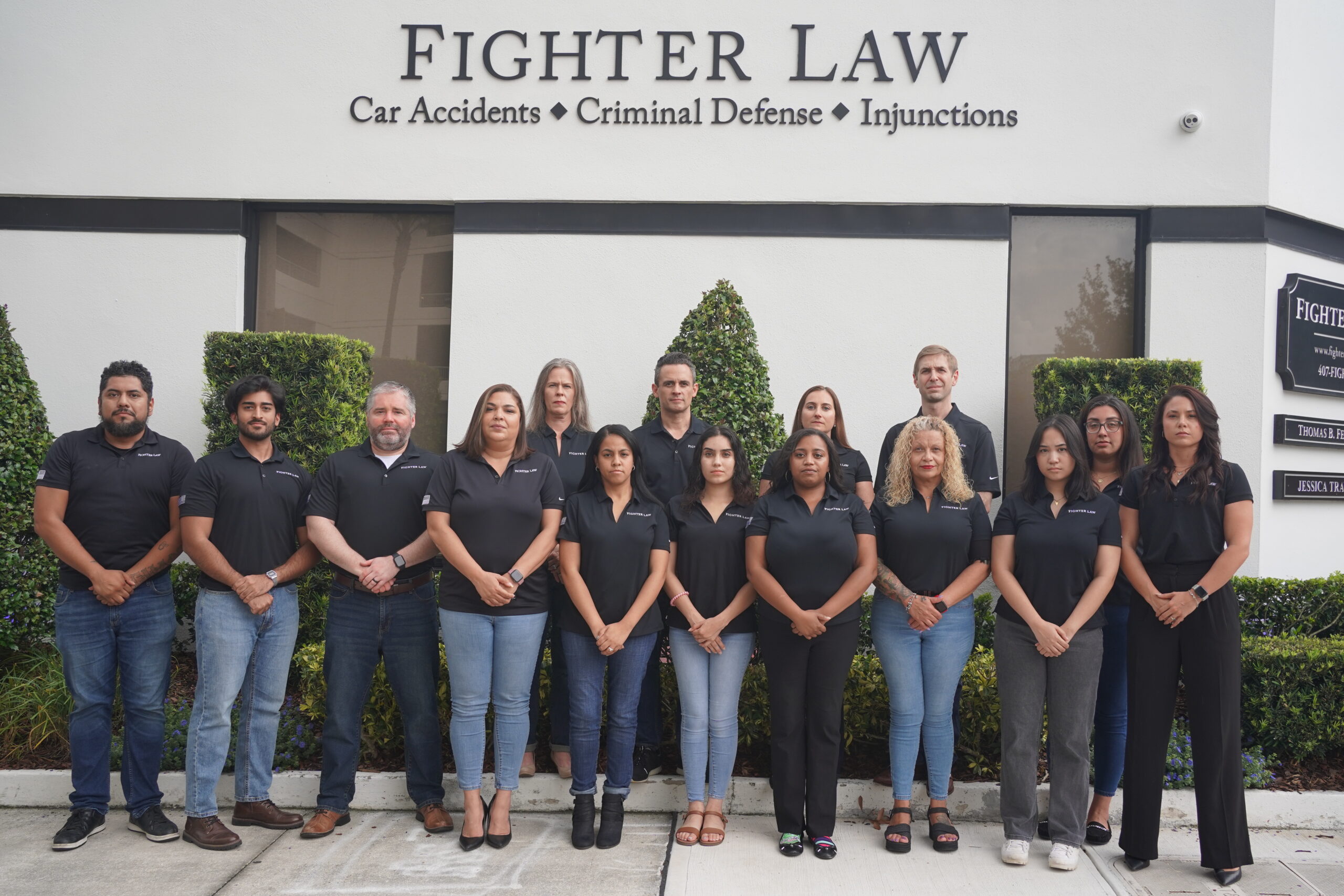How to File an Injunction or a Restraining Order in Florida – For Victims
How to Get an Injunction or Restraining Order in Florida
If you’re in a situation where you need legal protection, understanding how to get an injunction in Florida is critical. This guide walks you through each step of the process, ensuring you take the right actions to protect yourself.
Unlike other legal matters, seeking an injunction does not require an attorney, but having one can significantly increase your chances of success. If you want to avoid mistakes and ensure your case is as strong as possible, consider speaking with an experienced attorney before filing.
Step 1: Obtain and Complete the Petition
To start the process, you need to complete the appropriate petition for an injunction. The petition must be filed with the Clerk of Court in the county where the incident occurred or where you reside. Here’s where you can obtain the forms:
- Orange County: Forms are available online at the Orange County Clerk of Courts website or in person at the courthouse.
- Seminole County: Forms and instructions are available at the Seminole County Sheriff’s Office website.
- Osceola County: Visit the Osceola County Clerk of Court website for more information.
The petition requires detailed information about the incident, including dates, locations, and any evidence you have to support your case. Be as specific as possible when describing the events that led to your request.
Step 2: Submit the Petition for Judicial Review
Once you have completed the petition, submit it to the Clerk of Court. A judge will review your request, often on the same day. The judge will determine whether to grant a temporary injunction (also called an ex parte injunction), which provides immediate protection until a hearing is held.
Key factors the judge considers:
- Whether there is an “immediate and present danger” of harm.
- The details and credibility of your statement.
- Any supporting evidence you provide (though it is not required).
If granted, the temporary injunction typically lasts up to 15 days or until the final hearing.
Step 3: Service of Process
If a temporary injunction is issued, the respondent (the person you are seeking protection from) must be officially served with the paperwork. This process ensures they are aware of the restrictions placed on them and the date of the final hearing.
Service of process is usually handled by the local sheriff’s office, and the petitioner does not need to take any additional action. Once the respondent has been served, they must comply with the temporary order’s restrictions until the final hearing.
Step 4: The Final Hearing
A final hearing will be scheduled within 15 days of the temporary injunction being issued. This is your opportunity to present evidence and testimony to the judge, who will determine whether a permanent injunction (also called a final injunction) should be granted.
At the hearing:
- You can present witness testimony, text messages, emails, police reports, or other evidence supporting your claim.
- The respondent has the right to appear and present their own side of the story.
- The judge will consider the arguments and issue a ruling.
If granted, a final injunction can last for months, years, or even permanently, depending on the circumstances.
What If You Don’t Want to Face the Respondent in Court?
If you are afraid to appear in court or do not want to face the respondent, an attorney can represent you at the hearing. Florida law allows an attorney to appear on your behalf, argue your case, and present evidence without you having to be present.
Many petitioners choose this option to avoid confrontation and additional stress. If you prefer this route, read our blog on Do You Need Court Approval to Appear Without Your Client in an Injunction Hearing? to learn more.
If you’re considering this option, contact an attorney as early as possible to ensure they have time to prepare your case.
Why Legal Representation Can Help
While you can file for an injunction on your own, mistakes in the petition or hearing process can result in denial of your request. An experienced attorney can:
✔ Ensure your petition is properly completed and submitted.
✔ Gather and present strong evidence in court.
✔ Represent you at the final hearing so you don’t have to face the respondent.
✔ Help enforce the injunction if the respondent violates it.
Learn more about our injunction services in Florida. If you need assistance with obtaining an injunction, call us today at 407-344-4837 for a free consultation.
Final Thoughts on Getting an Injunction in Florida
- No court filing fees are required to obtain an injunction.
- A judge can grant an injunction based on your testimony alone—no police report is necessary.
- If a temporary injunction is granted, it lasts up to 15 days until the final hearing.
- A final injunction can be permanent, depending on the case.
- If you want to avoid appearing in court, an attorney can represent you.
Protecting yourself is the most important priority. If you need help filing for an injunction or navigating the court process, contact our legal team today for guidance and support.
Call Now: 407-344-4837
Learn More: Fighter Law – Injunctions








